Fascinating Ancient Creatures That Still Exist Today And Are Thriving
Discover the awe-inspiring creatures that have survived since prehistoric times. From endangered species to those that can still be seen in the wild and even in your backyard, these ancient animals are sure to amaze.
Learn about the species that have outlived mastodons, giant ground sloths, saber-toothed cats, and dire wolves, and help protect them for future generations.
Get Up Close and Personal With Ancient Gharials
Marvel at the beauty of ancient gharials – the last remaining species of the crocodilian lineage. These creatures look comically prehistoric with narrow-mouth full of sharp pointed teeth and impressive bulbous noses.
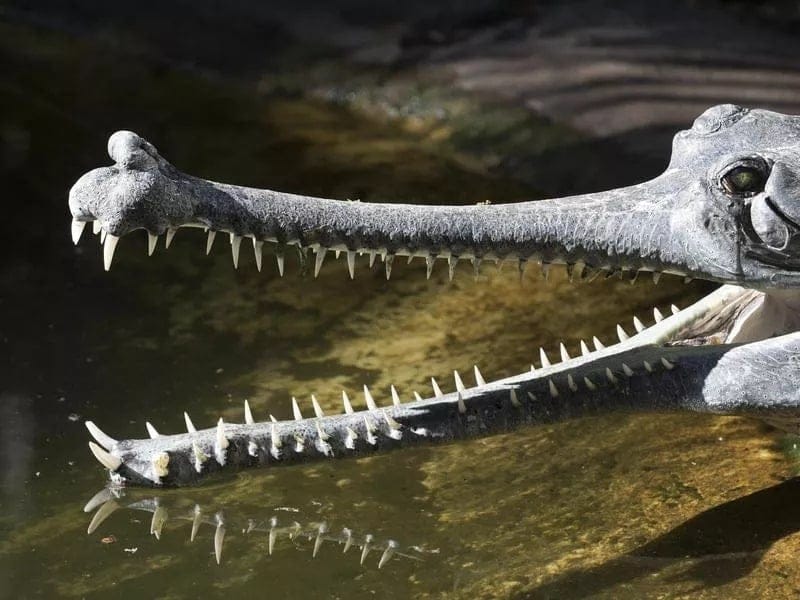
Source: clark42/Getty Images
Sadly, this species is critically endangered, with fewer than 200 left in the wilds of India, Bangladesh, and Pakistan. Thankfully, the Kukrail breeding center in Lucknow, India, is working to preserve the gharial. You can visit the center and get up close and personal with these amazing animals.
Discover the Magnificence of Komodo Dragons: A 4 Million Year Journey!
Do you have an adventurous spirit? Then you should explore Komodo National Park to witness the iconic Komodo dragon. Researchers have discovered Komodo dragon fossils in Eastern Australia that date back four million years.

Source: ANDREYGUDKOV/Getty Images
These giant lizards can weigh around what a human weighs and are known to be venomous. You can still catch a glimpse of them by booking a tour with one of the many outfitters that offer excursions to this stunning Indonesian island.
Stroll Through Prehistoric Swamps and Catch a Glimpse of the Rare Shoebill Stork!
Have you ever imagined what it would be like to witness a living fossil? Step back in time and join a bird-spotting tour at the Mabamba Bay Wetland in Uganda! Here, the unique and vulnerable Shoebill Stork is waiting to be discovered.
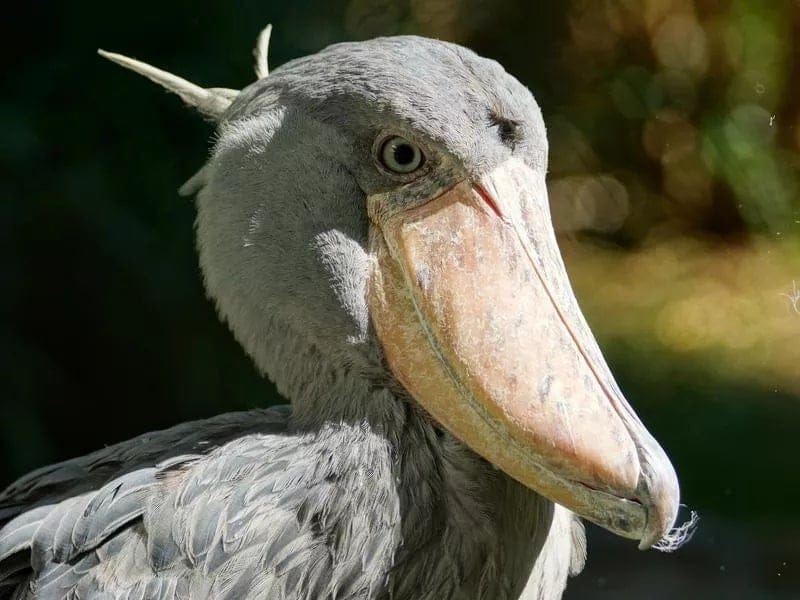
Source: Patrick_Gijsbers/Getty Images
Paddling through the lakes and ponds there is a throwback to a time gone by, and be amazed by this mysterious species that has been there for centuries. Don’t miss out on this once-in-a-lifetime opportunity to see this incredible animal!
Uncover the Wonders of the Wild Bactrian Camel
Discover the majestic two-humped Bactrian camel that roams the wilds of Mongolia’s Gobi Desert. This peculiar-looking animal has evolved to survive extreme desert temperatures below 0°F and above 100°F.

Source: hanoded/Getty Images
Its two humps store fat which it uses when food is scarce. Considered endangered in the wild, with fewer than 1,000 left, Bactrian camels are an important part of Mongolian culture – and visitors can explore the Thousand Camels Festival in Umnugovi in early March. Come and witness the wonders of the wild Bactrian camel!
Uncovering The Mysterious Echidna: A 17 Million Year Old Species
The echidna is an extraordinary creature (with similarities to the porcupine and anteater). It’s a monotreme, an ancient mammal that lays eggs to reproduce. These animals are small, nocturnal, and solitary, making them hard to find in the wild.
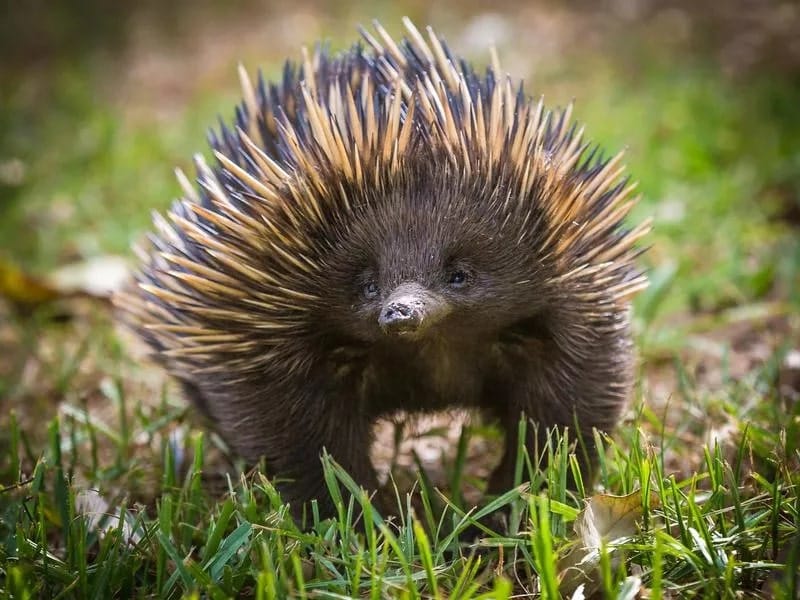
Source: pelooyen/Getty Images
Sadly, many species are endangered. To experience the unique echidna up close, visit one of the many zoos in Australia, Tasmania, and New Zealand, such as the Bonorong Wildlife Sanctuary in Hobart, Australia Zoo in Queensland, or Taronga Zoo in Sydney.
Witness the Magnificent Musk Oxen: A Sight to Behold
Experience the epic battle between bull musk oxen during mating season as they clash and shake the ground, a spectacle that has endured for thousands of years. After being extirpated in the 1800s, musk oxen have since been successfully reintroduced in Alaska and can be found roaming near Nome, a small tundra town.
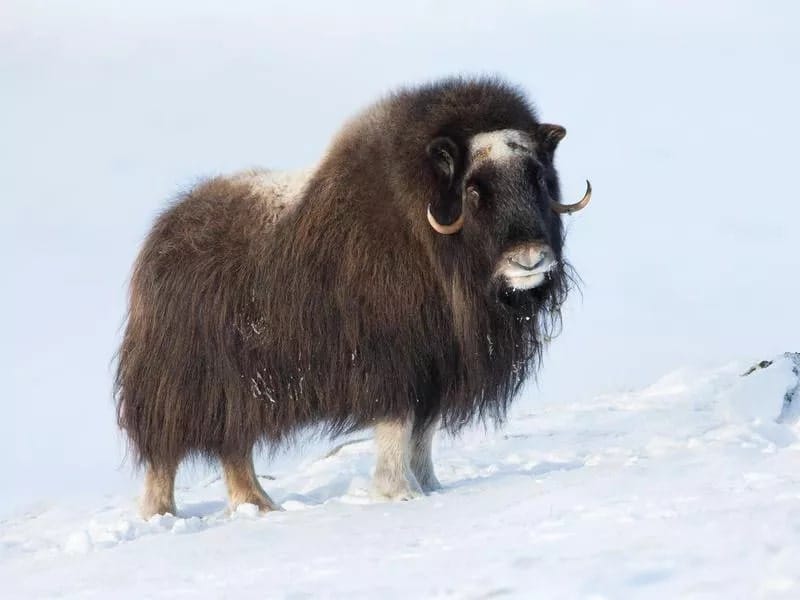
Source: Dgwildlife/Getty Images
Why not plan a visit and even purchase a rare qiviut, the delicately soft underwool harvested from muskoxen? Feel the warmth of this world-renowned wool, and get a glimpse of these remarkable animals.
Marvel at the Majestic Vicuñas: From the Ancestors of Alpacas to the Wilds of Huascarán National Park
The majestic vicuña, the ancestor of the alpacas we have today, is also known for its luxurious wool coat. With their distinctive white and brown color combination, they were highly valued by the Incas and nearly driven to extinction after their empire declined.

Source: alessandro_pinto/Getty Images
Thanks to conservation efforts, however, hundreds of thousands of vicuñas now roam the wilds of South-Central Peru and Huascarán National Park, which is also home to stunning flora and fauna, including spectacled bears and Andean condors.
Unlock the Secrets of 500 Million-Year-Old Nautiluses at Monterey Bay Aquarium
The Monterey Bay Aquarium in California is one of the only places to come face-to-face with these ancient sea creatures! Chambered Nautiluses are one of the oldest species on Earth, with fossils dating back 500 million years.
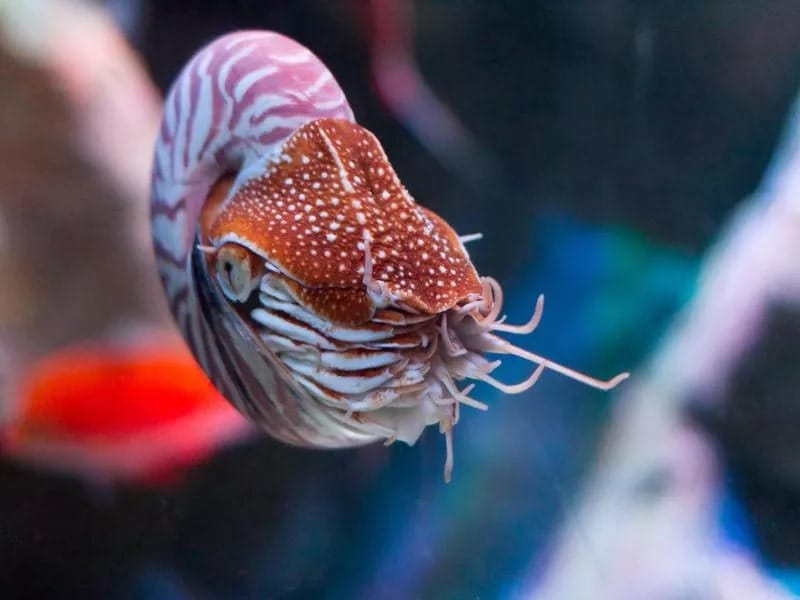
Source: Max_Xie/Getty Images
Today, these unique creatures still look the same as their ancestors did. But due to declining populations in the wild, the aquarium is leading research efforts to help protect these beautiful animals. Researchers made history by successfully breeding some of the first baby nautiluses in captivity!
Unveil the Unique Babirusas!
You’ve never seen an animal with tusks like these! Native to Indonesia, Babirusas are just like regular pigs, except for their incredible tusks that grow upward right through their snouts and curve up to their heads.
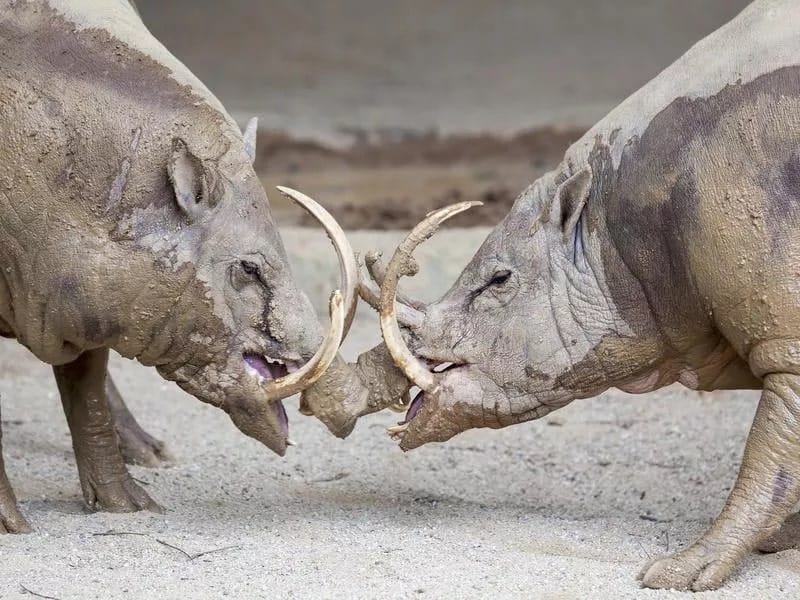
Source: JPLDesigns/Getty Images
For centuries, babirusas have been present in Indonesian culture, appearing in cave paintings about 35,000 years ago. If you’re looking for an extraordinary adventure, why not join a babirusa-watching safari in the Nantu Forest or Tangkoko Nature Reserve? Unveil the unique Babirusa today!
Uncovering the Majestic Tapir
Tapirs, another pig-like animal, are quite majestic creatures. They have a proboscis that gets food into their mouths like an elephant, and their snouts also double as snorkels when underwater.
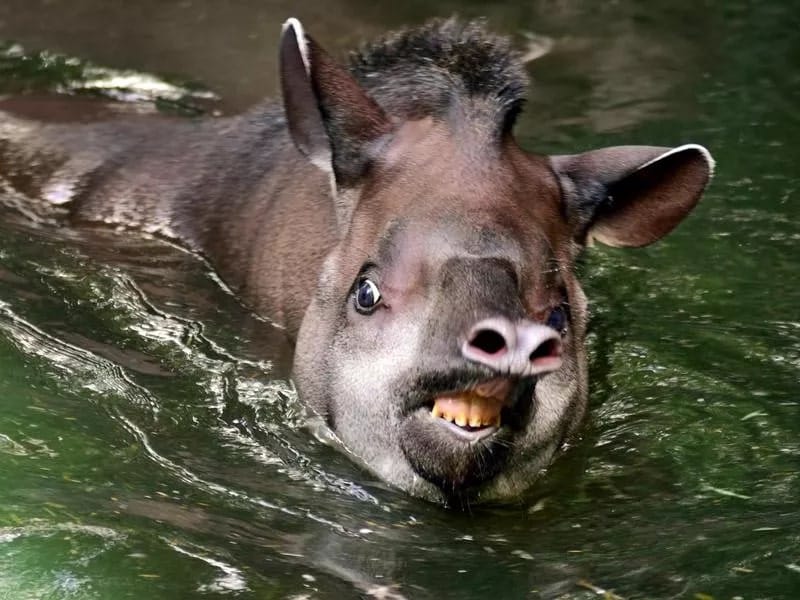
Source: Freder/Getty Images
Surprisingly, they are biologically related to horses and rhinos. Currently, only five tapir species are left across Asia and the Americas. The best places to see wild tapirs are Corcovado National Park in Costa Rica and throughout the Amazon rainforest. So, don’t forget to keep your eyes peeled for these majestic creatures!
Witness the Majestic Southern White Rhino in Kruger National Park!
While the Northern White Rhino is on the verge of extinction, the majestic Southern White Rhino is faring better, and with over 17,000 worldwide, there is still hope for their survival. Visit the incredible Kruger National Park in South Africa, home to hundreds of Southern White Rhinos, and witness them in their natural habitat.
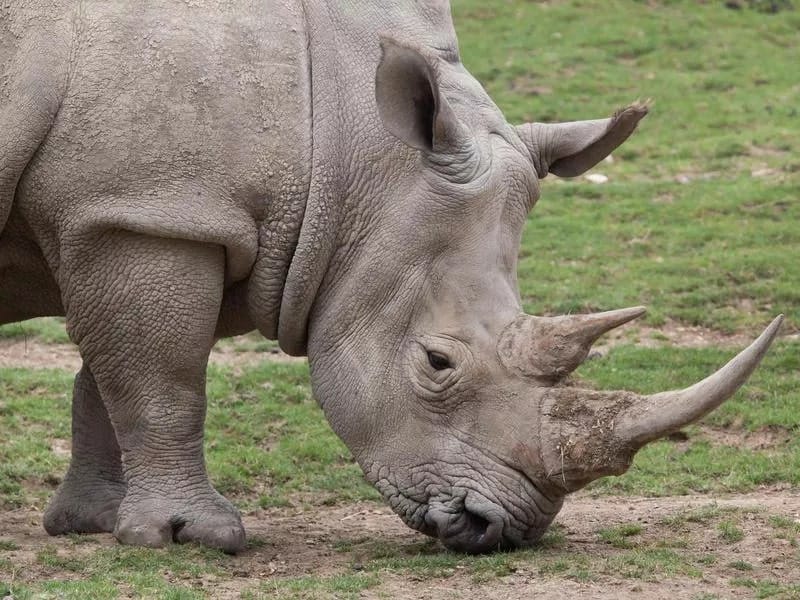
Source: wrangel/Getty Images
Along with the rhinos, you’ll be guaranteed to see tons of other iconic African wildlife species. Go see these incredible creatures – it could be a once-in-a-lifetime experience!
Uncover the Secrets of the Wobbegong Shark
Dive deep into the tropical Pacific reefs and uncover the secrets of the mysterious wobbegong shark. These creatures have been around since the Miocene epoch and camouflage easily into their surroundings.
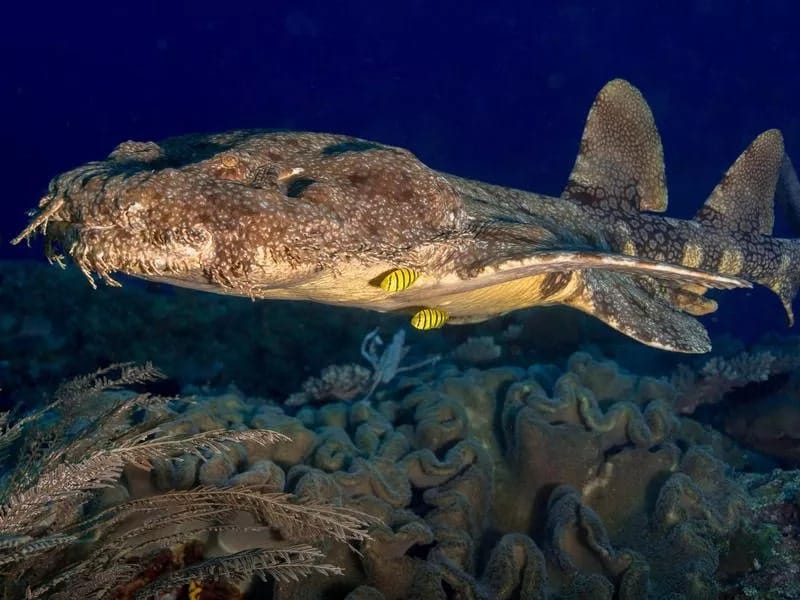
Source: AHDesignConcepts/Getty Images
If you don’t spot one on your dive, you can get up close and personal with them at the Sydney Aquarium. There, you can go on a guided shark swim, even without prior diving experience. Discover the captivating world of the 11 million-year-old wobbegong shark!
Step Back in Time: Witness the Annual Horseshoe Crab Mating in Delaware Bay
Experience the magical annual event of horseshoe crabs gathering in their millions to breed at Delaware Bay in May. These crabs have been around for an incredible 445 million years!
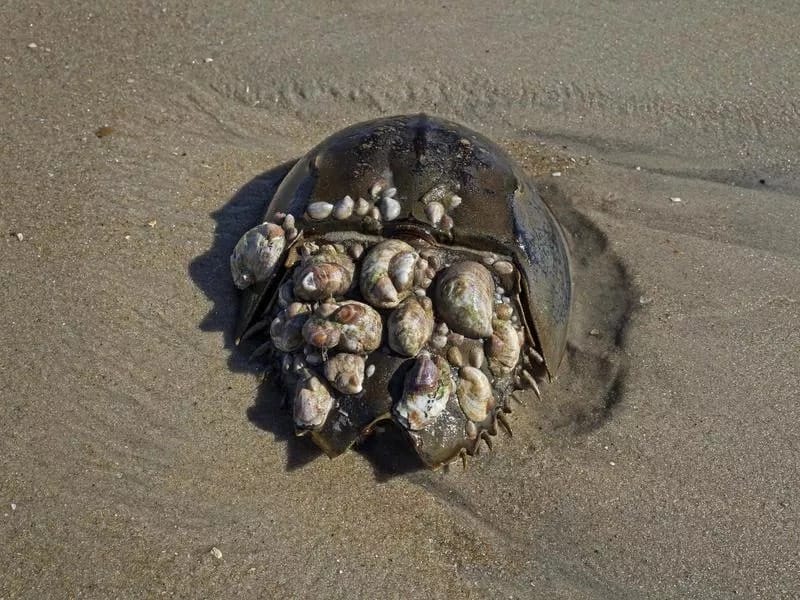
Source: McKinneMike/Getty Images
This is the single largest congregation of horseshoe crabs, making it a perfect time to observe the rarely seen shorebirds, such as the Red Knot and Ruddy Turnstone, that feast on the horseshoe crab eggs. Don’t miss out on this spectacle!
Unlock the Secrets of the Polar Bear: 120,000 Years of History
The iconic polar bear is a part of our collective imagination, but did you know these animals have been around for at least 120,000 years? Churchill, Manitoba, Canada, is one of the best places to observe these rare creatures in their natural habitat.

Source: belovodchenko/Getty Images
Special tundra buggies allow tourists to get up close safely and learn more about these majestic animals, whose population is sadly declining. Experience a piece of natural history and discover the secrets of the polar bear!
Uncover the Ancient Secrets of the Tuatara
The tuatara might look like a regular lizard, but delve a little deeper and you’ll uncover its ancient secrets! This reptilian relic is believed to be around 225 million years old and can still be seen in New Zealand, although they mostly live safely on islands without predators.

Source: CreativeNature_nl/Getty Images
Their remarkable features include a third eye on the top of their head and the ability to hear without ears. To experience these extraordinary creatures up close, head to the National Aquarium of New Zealand, Napier, or Zealandia in Wellington.
Spot the Jurassic Park-Like Cassowary in Australia!
Behold the Jurassic Park-like cassowary! These tall, colorful, flightless birds are a sight to behold and can be found in Northern Queensland and Papua New Guinea. If you’re lucky, you can spot them along forest trails in the Cape Tribulation, Daintree, and Mission Beach areas in Australia.
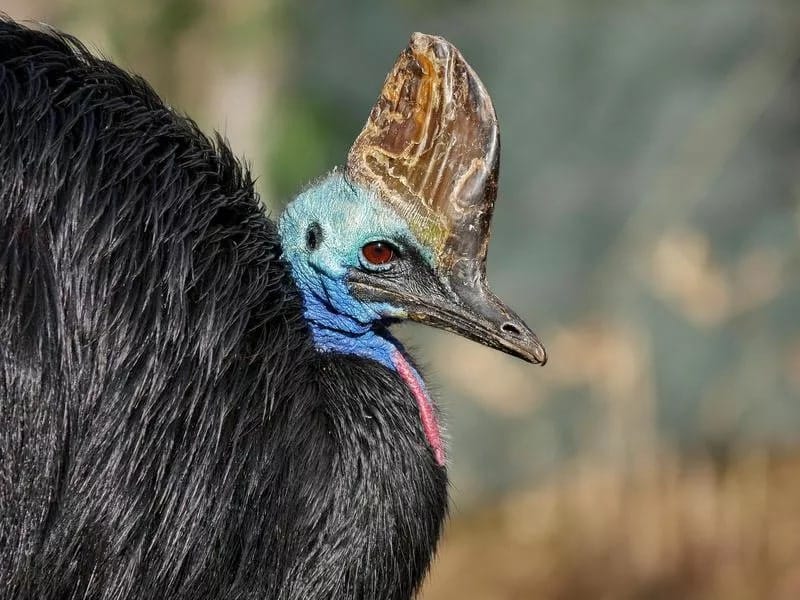
Source: Ocs_12/Getty Images
But beware, they can be dangerous to people! Guided birdwatching tours are available for those keen on spotting these ancient creatures, which have been around for around 60 million years.
Unlock the Secrets of the Jurassic Age: Meet Karlo, the 77-Pound Chinese Giant Salamander
Journey back to the Jurassic Age and meet Karlo, the 77-pound Chinese Giant Salamander at the Prague Zoo. This ancient species is believed to be around 170 million years old and is the largest amphibian in the world, growing up to 110 pounds and six feet in length.
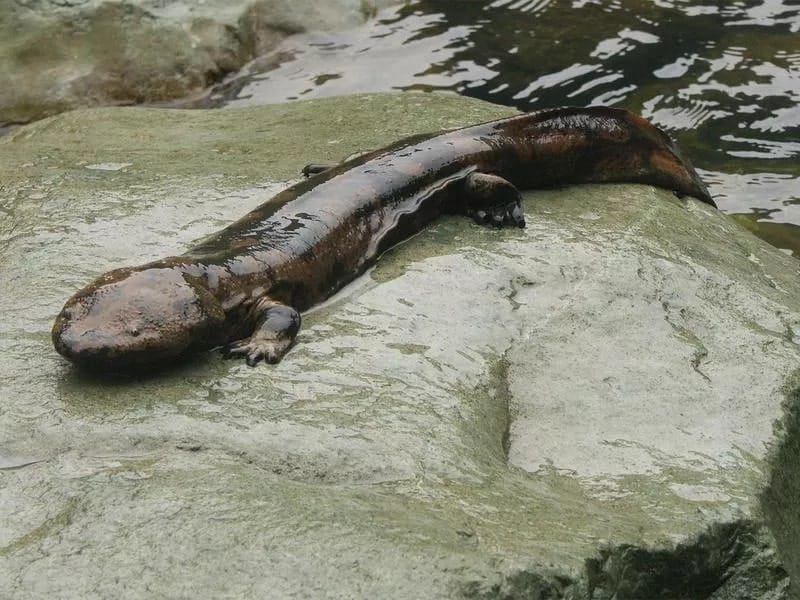
Source: Zoological Society of London
Unfortunately, these giant salamanders are now critically endangered (as a consequence of poaching). But Karlo, currently in excellent health, provides an opportunity to marvel at this ancient creature and understand why it is so important that we protect it.
Unlock the Mystery of the Charming Chamois: Explore the Haute Route!
Discover the captivating chamois – a conservation success story! Believed to first appear in Europe during the last ice age, these mammals look like a cross between a goat and an antelope and have been spotted in ancient drawings and carvings.
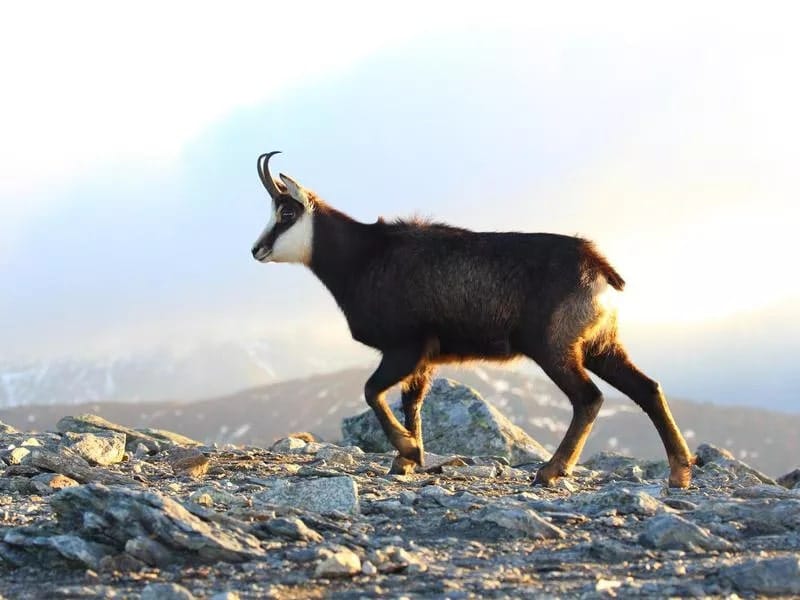
Source: Antagain/Getty Images
Wander the beautiful Alps and Pyrenees, and you might just be lucky enough to spot a wild chamois! For an unforgettable experience, embark on the world-renowned Haute Route from Chamonix, France, to Zermatt, Switzerland. Enjoy the scenery and high-altitude lakes as you explore the home of the chamois.
Swim with the Majestic Whale Sharks at the Georgia Aquarium
The whale shark may sound like a whale, but it is the world’s largest shark and has been in our oceans for 28 million years. Found around the equator but not easy to spot due to their declining numbers, it’s best to visit the Georgia Aquarium in Atlanta to see the majestic creature.

Source: crisod/Getty Images
You can even swim with the whale sharks, which are harmless filter feeders. Get up close and personal with the graceful giants and create memories to last a lifetime!
Calling All Nature Lovers! Explore the Wonders of the Ancient Lake Sturgeon
Are you a fan of aquatic animals? Have you ever heard of Lake Sturgeon? This prehistoric fish has been around for over 150 million years and still endures today! With its rubbery skin and bony scutes, it’s an incredible-looking creature.
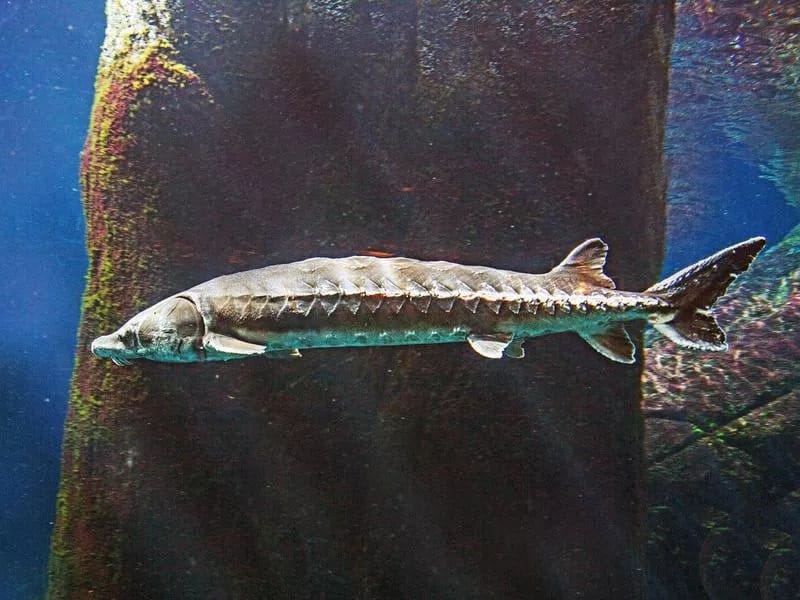
Source: Réjean Morissette/Getty Images
But not only that – lake sturgeons can grow up to 7 feet long and weigh 300 pounds! To experience these amazing animals up close and personal, visit Shedd Aquarium on the Lake Michigan coastline. There, you can even touch them in their interactive sturgeon pool. Don’t miss out on this incredible opportunity!
